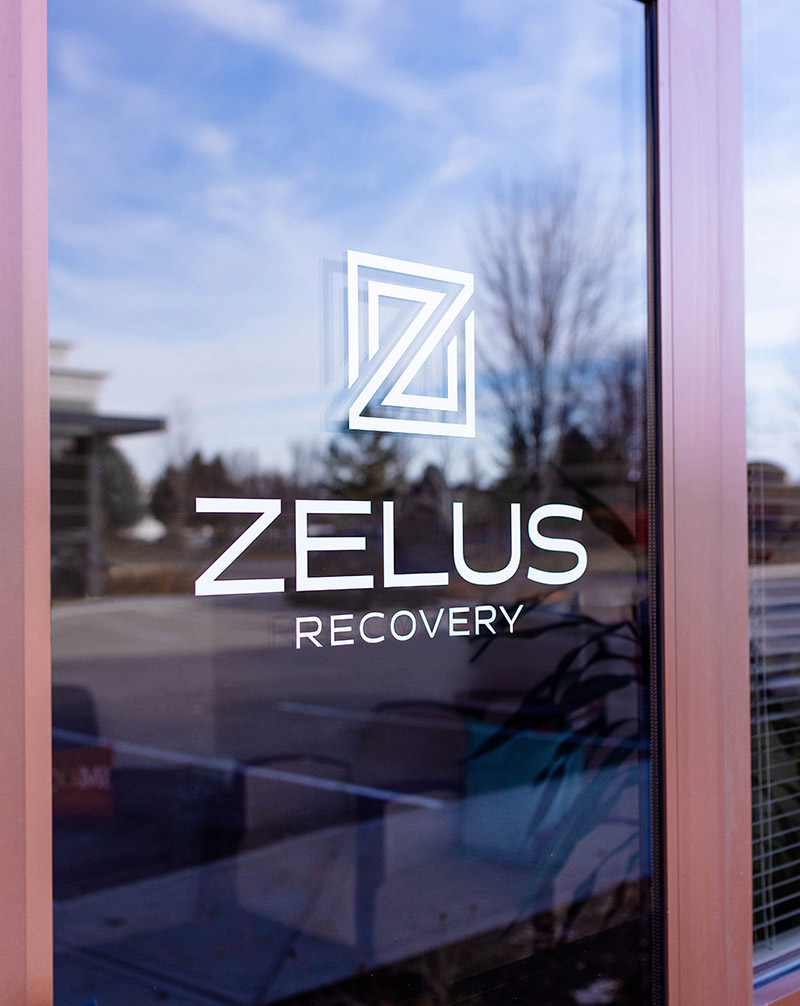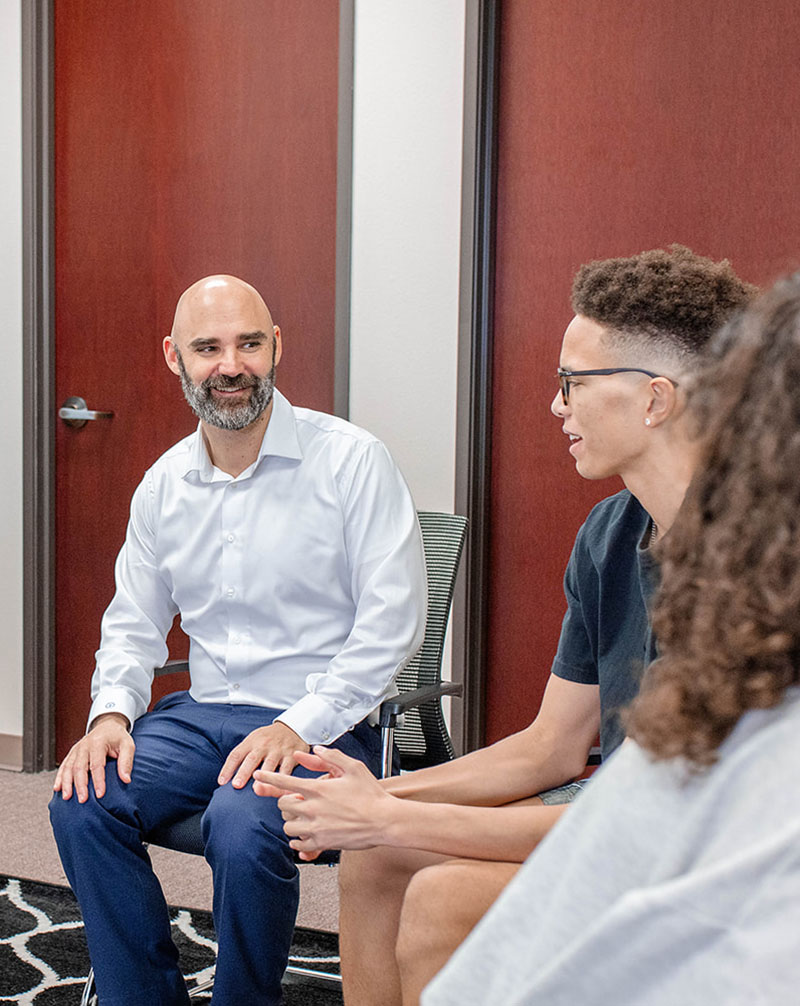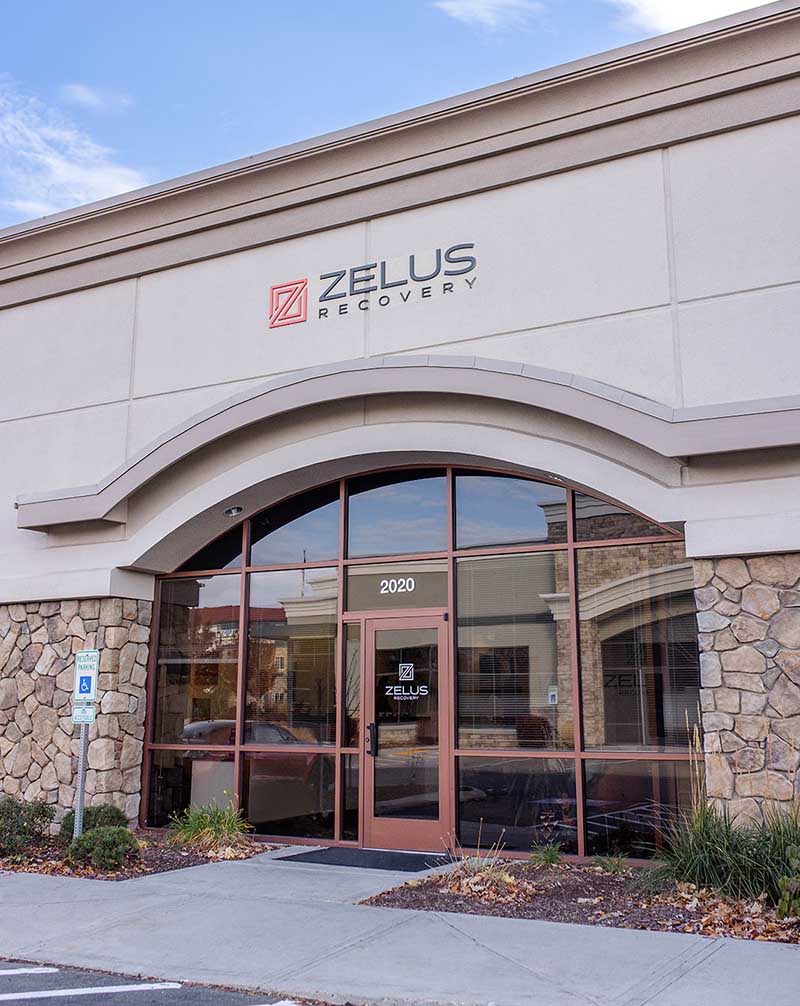Substance abuse can happen to people of all backgrounds and walks of life. Also, addiction to drugs or alcohol can happen to people of any age, including teens and young adults. Unfortunately, even if teens and young adults seek professional treatment for their substance abuse, they may not have a psychiatric exam as part of their admissions process.
Frequently, there are underlying mental health conditions that create triggers for teens or young adults struggling with substance abuse. If only the physical aspects of substance abuse are treated, it is highly likely that the teen or young adult will quickly relapse into old habits once they leave treatment.
At Zelus Recovery in Meridian, Idaho, our team of experts believes that mental health treatment is a fundamental component of effective substance abuse treatment for teens or young adults. We use dual diagnosis treatment as part of the recovery plans for teens or young adults in our care. But, what exactly is dual diagnosis treatment, and how can the Zelus Recovery team guide teens or young adults onto the path to recovery?
What Is Dual Diagnosis Treatment in Adolescent and Young Adult Therapy?
Treatment for co-occurring disorders is another way of describing dual diagnosis treatment. This type of treatment acknowledges that mental health concerns and chemical dependency co-exist. For example, teens and young adults may struggle with depression or anxiety. They also have an addiction to alcohol or stimulants. At a young adult and teen dual diagnosis treatment center, therapists refer to this as a co-occurring condition.
Co-occurring disorders treatment requires specialized care. Dual diagnosis requires a unique care approach. For example, when you seek specialized treatment for depression or anxiety disorders, your treatment plan must work alongside therapy for chemical dependency. Because both trigger one another, concurrent treatment is essential for long-term recovery.
Integrating Treatment with Evidence-Based Care Approaches
When therapists assess individuals for possible co-occurring disorders treatment, they customize a treatment plan. This treatment plan integrates care approaches for both mental health disorders and substance abuse. Examples include:
- Early intervention is an approach that seeks to head off a developing addiction before it forms.
- Cognitive-behavioral therapy is used as a tool for finding and disarming dysfunctional patterns with coping skills.
- Dialectical behavior therapy emphasizes emotional validation and fosters the regulation of feelings.
- Family counseling provides an opportunity for opening up communication and enlisting the help of loved ones during treatment.
- Group therapy opens up the chance for developing self-esteem, social skills, and life skills.
- Psychotherapy encourages openness and addresses benchmark opportunities on the road to lifelong sobriety.
After all, dual diagnosis treatment gives people a chance to make healthy changes in all aspects of their lives. Our Zelus Recovery team provides a wide array of therapeutic approaches to help teens and young adults regain control of their lives from substance abuse.
Family Therapy Focuses on Long-Term Recovery
Families play an essential role in the lives of teens and young adults. Although the influence of individual family members diminishes over time, the unit nevertheless has substantial input during substance abuse treatment. Therefore, it’s crucial that all family members understand how they can individually and as a group support recovery.
Because the family dynamic might have been negative before, it needs to change.
Family therapy empowers these relationship improvements. This approach also looks at the social setting and incorporates suggestions for changes. Furthermore, this approach enables the individual to move away from harmful environmental factors. Sometimes, this might involve changes in the peer group.
However, the Zelus Recovery dual diagnosis treatment program is about taking things away. In fact, our team of addiction specialists and therapists wants to add healthy options to the daily regimen of the teens and young adults in our care. Examples of healthy outlets might include new hobbies, sports, or ways of self-expression. Also, teens and young adults especially can benefit from holistic therapies, including yoga and meditation.
Receive High-Quality Dual Diagnosis Treatment at Zelus Recovery
What is dual diagnosis treatment? Our Zelus Recovery team uses the connection between mental health and addiction. Find out how seasoned therapists can reach teens and young adults with integrated modalities. Find the Boise addiction treatment program that is right for your mental health and recovery needs at Zelus Recovery. Advisors are standing by at 208.518.0797, or contact us online to answer your questions and schedule an appointment. Don’t hesitate. Get your teen or young adult the compassionate treatment that they need and deserve. Contact our team today.





